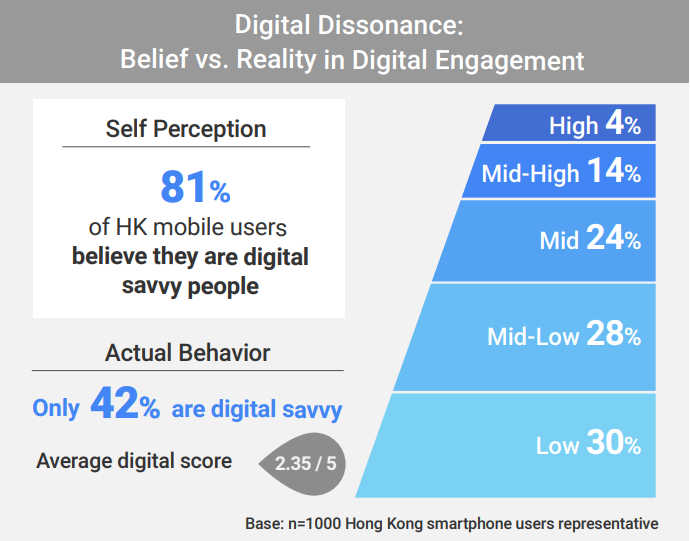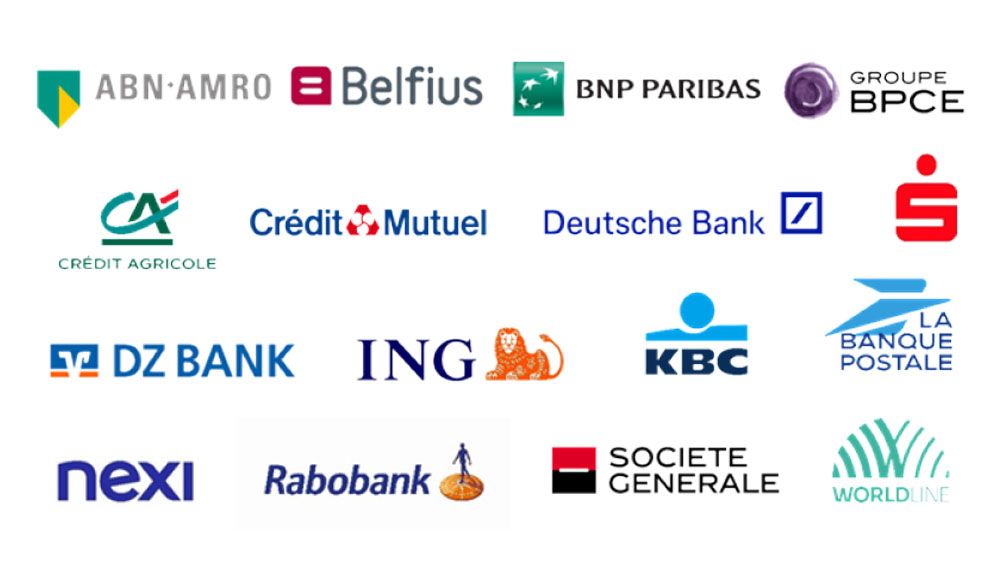
Digital Marketing Translation for Higher Engagement
- 0
In today’s globalized world, businesses rely heavily on digital marketing to reach a wider audience. However, many companies overlook the importance of translating their digital marketing content into different languages. This oversight can result in missed opportunities for engagement and ultimately hinder the success of a marketing campaign.
Expanding Your Reach
By translating your digital marketing content into multiple languages, you can reach a wider audience and tap into new markets. This expansion allows you to connect with potential customers who may not speak your primary language, increasing your brand visibility and ultimately driving more traffic to your website.
Building Trust and Credibility
When you offer content in a customer’s native language, you demonstrate a commitment to understanding and connecting with them on a deeper level. This personalization builds trust and credibility with your audience, making them more likely to engage with your brand and make a purchase.
Enhancing User Experience
Providing content in multiple languages enhances the user experience by making it easier for customers to navigate your website and consume your content. By removing language barriers, you create a more seamless and enjoyable experience for your audience, increasing the likelihood of engagement and conversions.
Boosting SEO Performance
Translating your digital marketing content can also have a positive impact on your search engine optimization (SEO) efforts. By targeting keywords in different languages, you can improve your website’s visibility in global search results, driving more organic traffic and increasing your chances of ranking higher on search engine results pages.
Getting Started with Digital Marketing Translation
Now that you understand the importance of digital marketing translation, it’s important to approach the process strategically. Here are some tips to help you get started:
1. Identify Your Target Audience
Before translating your content, identify the languages spoken by your target audience and prioritize which languages to focus on first.
2. Choose the Right Translation Method
Consider whether you want to use human translators, machine translation tools, or a combination of both to ensure accuracy and maintain the tone of your original content.
3. Localize Your Content
Localization is key to adapting your content to the cultural nuances and preferences of your target audience. Ensure that your translated content resonates with local customs and values.
4. Test and Iterate
After translating your content, test it with native speakers to ensure accuracy and effectiveness. Use their feedback to make improvements and refine your digital marketing translation strategy.
Conclusion
Investing in digital marketing translation is a worthwhile endeavor that can significantly improve your engagement with a global audience. By expanding your reach, building trust and credibility, enhancing user experience, and boosting SEO performance, you can set your brand up for success in the competitive digital landscape. So, don’t overlook the power of language when it comes to connecting with your audience and driving conversions.

